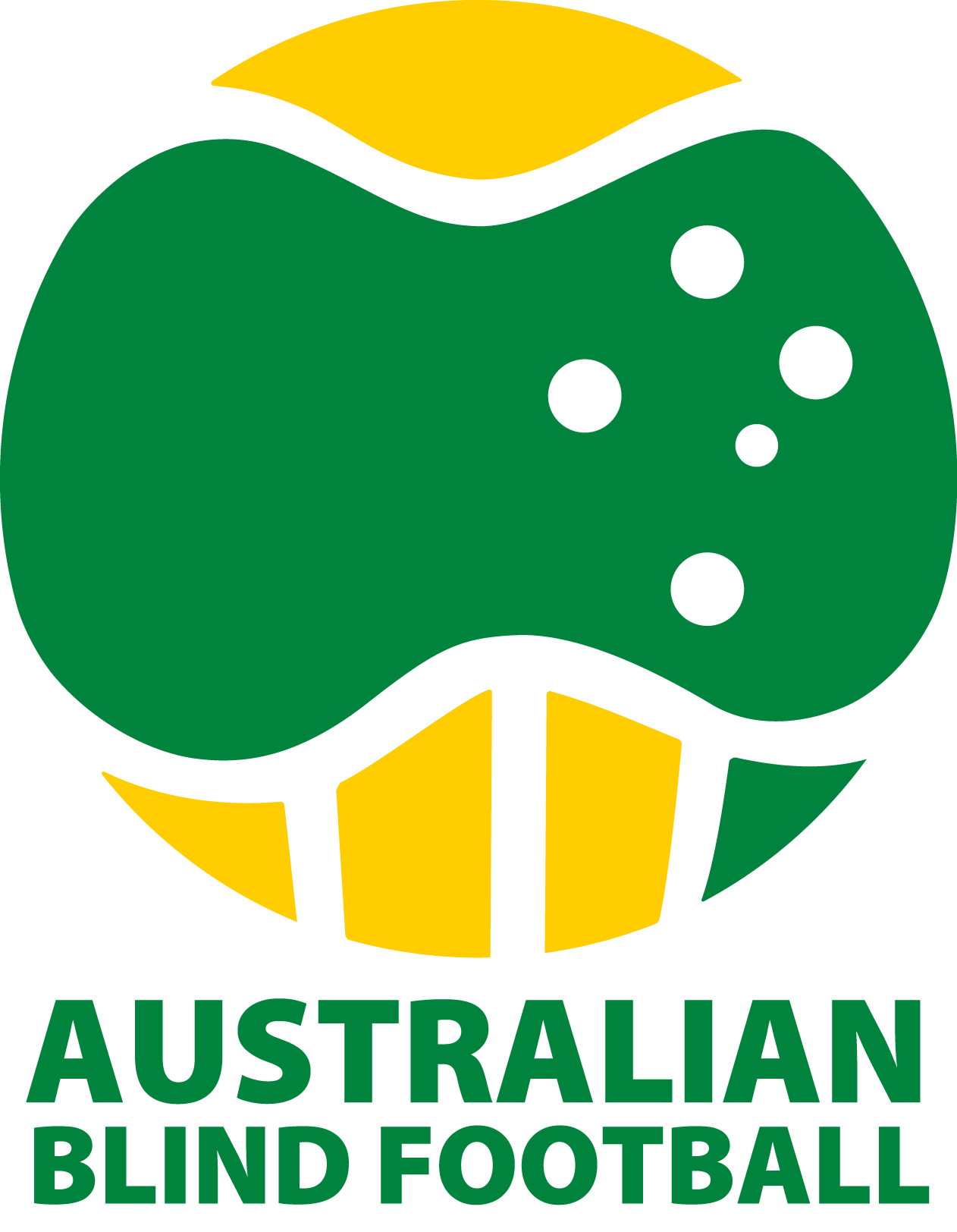

About
What is Australian Blind Football
Australian Blind Football is an initiative of Blind Sports Australia http://www.blindsportsaustralia.com.au/ and is working with Football Federation Australia (FFA) to be the recognised national pathway by for people who are blind or vision impaired to play football for Australia.
There are two versions of the game of blind football. Blind football (B1 or 5 a side football) is played by athletes who are totally blind. Vision impaired futsal (partially sighted futsal) is played by athletes who are vision impaired.
Our purpose is to:
- Provide national camps for blind football and partially sighted futsal and to prepare national teams for international competition;
- Organise and coordinate international tour's and tournaments, either in Australia oroverseas;
- Develop and support grassroots participation opportunities for people of all ages, genders, abilities and levels of vision loss to play football.
Note: Australian Blind Football will not be responsible for the development and ongoing management of state based programs. State based programs will be coordinated by partnerships between state based blind sport and football organisations, with Australian Blind Football providing support and advice through initial implementation and throughout their development.
Blind football is experiencing massive growth across the globe with support from the International Blind Sports Federation (IBSA). We will also work closely with IBSA to increase participation in blind football in Australia, while also being a leader and advocate for further development of the game across Asia and Oceania.
What is blind football?
Blind football is played by athletes who are blind or vision impaired. Internationally the sport is governed by the International Blind Sports Federation (IBSA).
There are two formats of the game, blind football (B1) and partially sighted/vision impaired football (B2/B3).
Blind Football (B1) is an internationally recognised sport played at the Paralympics. It is played outdoors by athletes who are totally blind (B1) on a 40m x 20m pitch with side kickboards and an audible ball. There are two teams of five; four outfield players and a goalkeeper. The outfield players wear eye-shades to equal their sight and the goalkeeper can be fully or partially sighted. For Blind Football, outfield athletes must be B1, which as a guide only, means athletes are blind and have no light perception in both eyes. Impairment of the eye structure, optic nerves or pathways, or vision area of the brain, resulting in a loss of vision in both eyes.
Partially sighted/vision impaired football (B2/B3) is played by athletes who are vision impaired with rules similar to futsal with particular attention towards ensuring equal light on the court and utilising a futsal ball that provides good contrast with the playing surface. B2 vision impairment (as a guide only) has the ability to recognise objects up to a distance of 2 metres, visual acuity ranges from LogMAR 1.5 to 2.60 (below 2/60) with best corrected vision; and/or v isual field of less than ten (10) degrees diameter. B3 vision impairment (as a guide only) can recognise contours between 2 and 6 metres away. Visual acuity ranges from LogMAR 1.40 – 1.0 (2/60 – 6/60) with best corrected vision; and/or visual field of more than ten (10) degrees and less than forty (40) degrees diameter.
Visit http://www.ibsasport.org/sports/football/
for more information on blind football.
